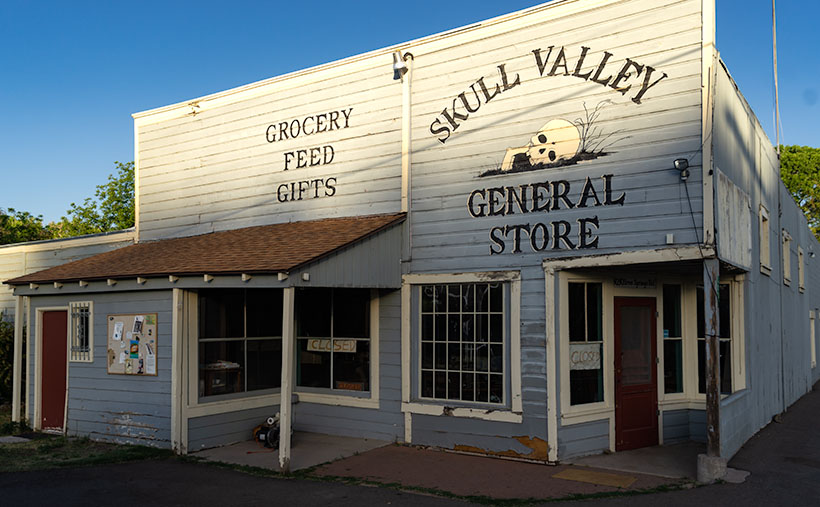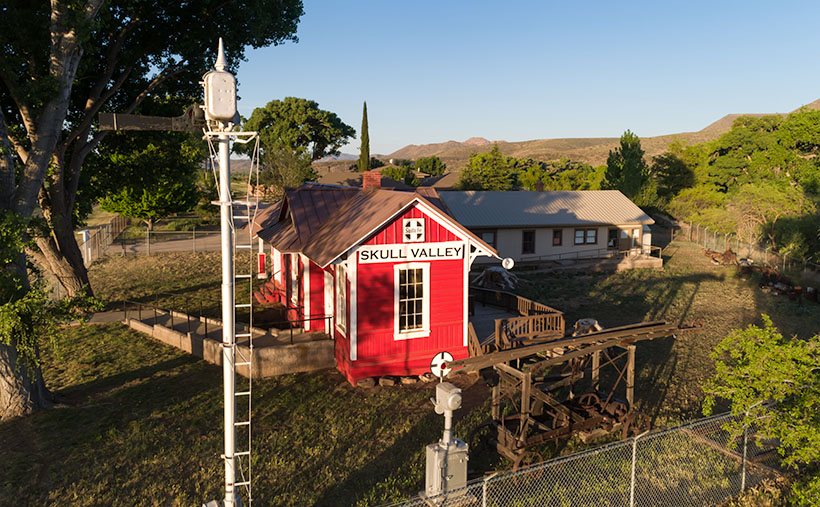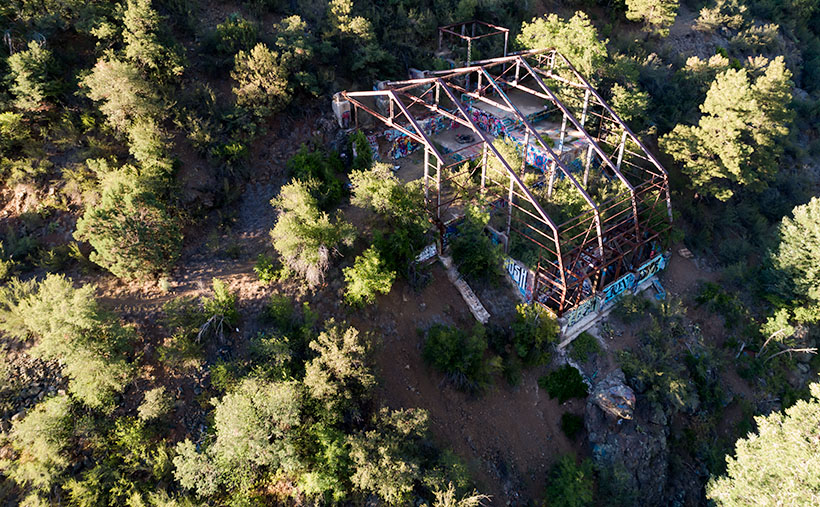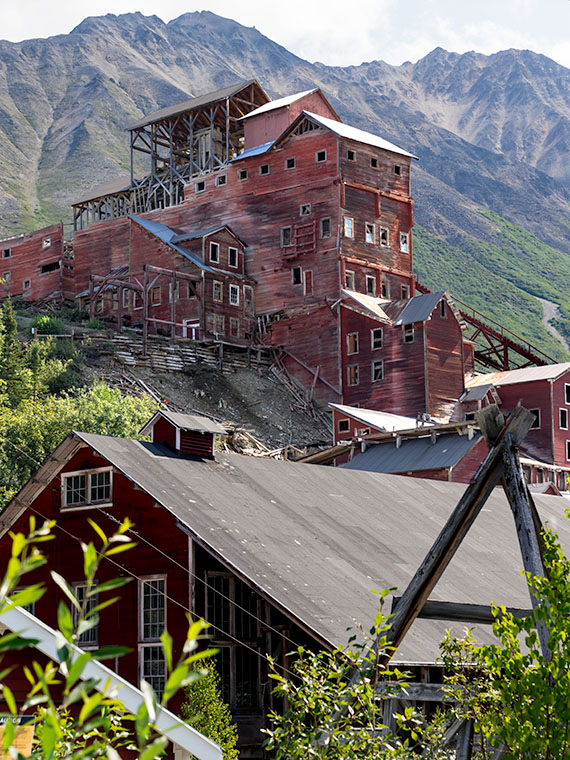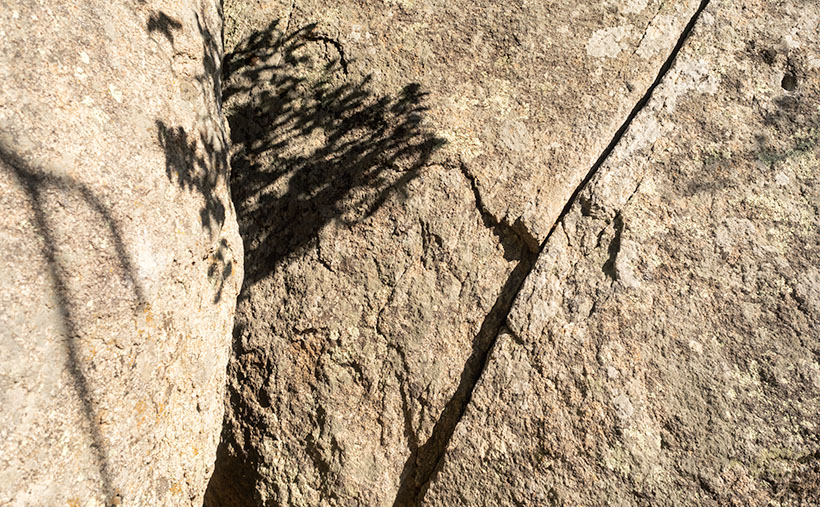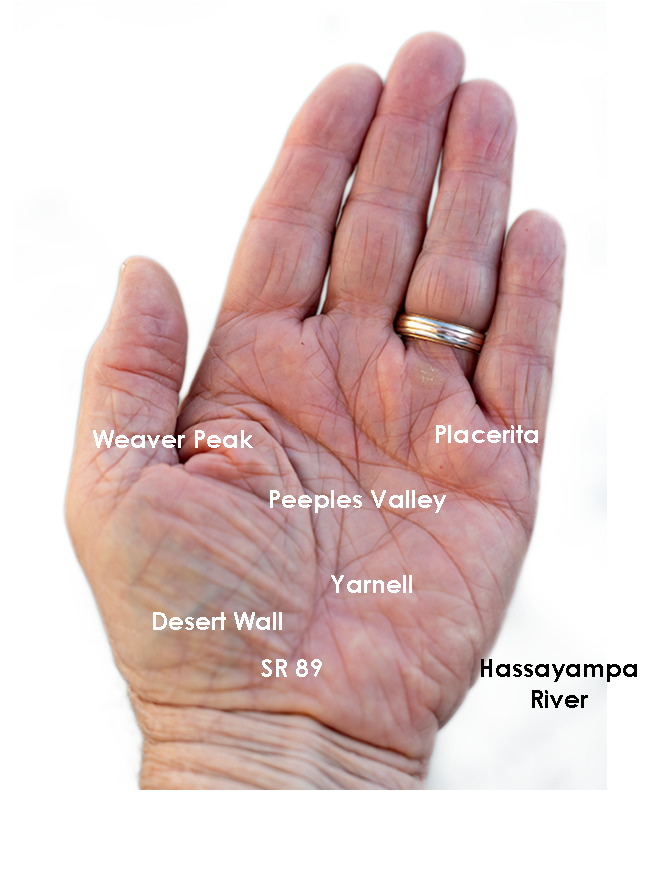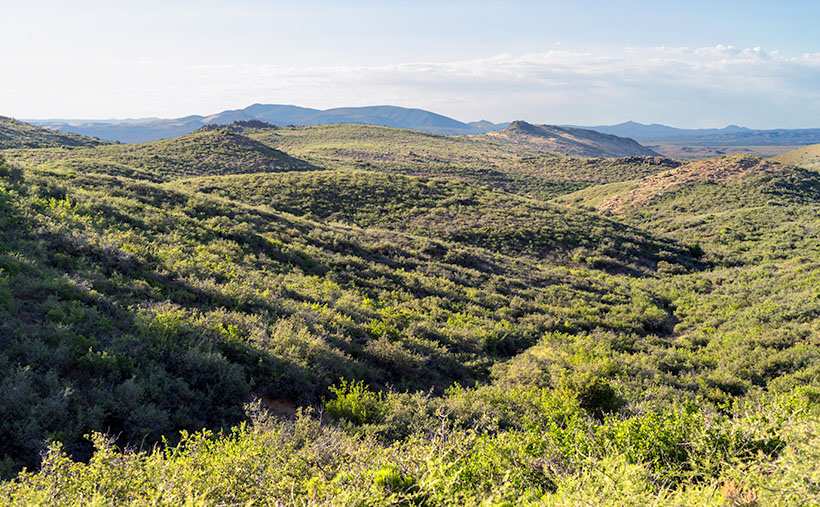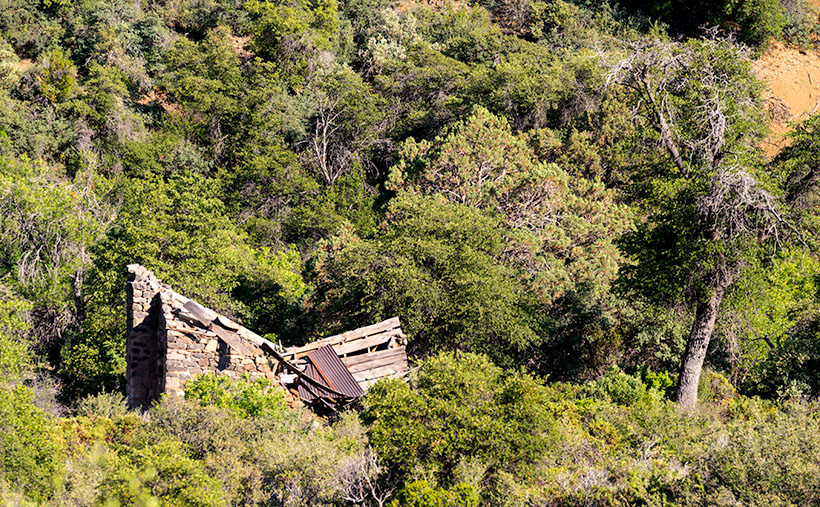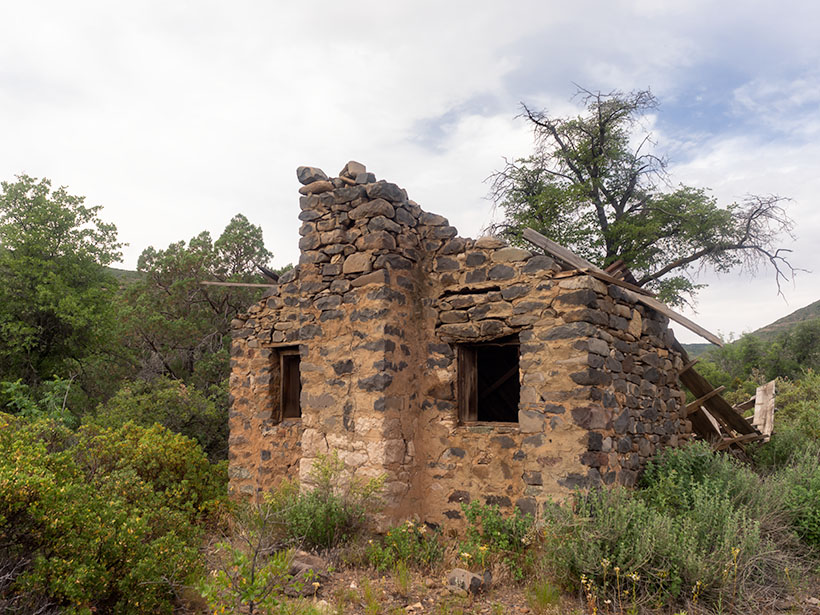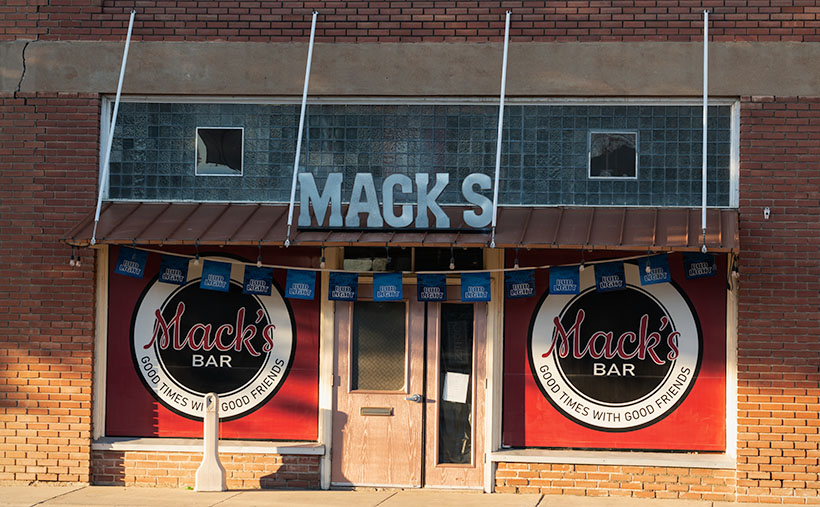
“Gee, had I only known …” I don’t know about you, but I’ve uttered that phrase a lot. I shouldn’t be surprised because my mom always told me that I “was a day late and a dollar short.” And, I always thought she called me sun because I was so bright.
This time I whispered the idiom to myself after getting back from our Cochise County trip. As I always do, I began looking for stories that complement my pictures. I found a great story about another Earp shooting. Not Wyatt. That would have been too good. This incident involved the shooting death of Warren Earp—Wyatt’s youngest brother—at 1:30 am July 6th, 1900, in the Headquarters Saloon.
If you’re not familiar with the controversial Earp brothers (where have you been), they were supposedly the good guys at the OK Corral shootout in 1881—even though they wore the black hats and black dusters. I don’t want to dwell on the Tombstone incident, but the short version is that Wyatt, two of his brothers Virgil and Morgan, and their friend—Doc Holiday went to the corral to disarm four Clanton Gang cowboys. The confrontation erupted in a 30-second gunfight where the Earp’s killed Tom and Frank McLaury and Billy Clanton while Ike Clanton managed to run away. (In this video, Bob Boze Bell—former DJ, artist, and publisher of True West magazine—explains the shootout’s story better. It’s longish but interesting.)
Warren wasn’t in Tombstone at that time because he was too young and lived with his parents in California, but he later got entangled in the subsequent vendetta that lasted another year. By 1900, Warren had settled in Willcox, a mountain range east of Tombstone. He worked as a stage driver for the mail and a Sierra Bonita Ranch hand. It was at the ranch where he and Johnny Boyett became close.
On the fateful night, Warren and Johnny got into a shouting match in the saloon on the northeast corner of Maley Street and Railroad Avenue (diagonally across the street from last week’s train station). As their argument heated, they threatened to kill one another, although neither was armed. Short-tempered Warren and Boyett left the bar separately. Earp wanted to cool off, and Johnny went to get a gun. When Warren returned through the back door, Boyett shot at him four times. He seemingly missed on purpose. Earp taunted the ranch foreman and opened his duster to prove he didn’t have a gun. “Don’t come an inch closer,” Johnny shouted, but Warren continued. Johnny fired another round sending a bullet through Earp’s heart. Warren fell foreword, dead onto the floor. Then things got weird.
Between the 1:00 am shooting, and sunrise, Earp’s body was dragged to the cemetery and buried in an unmarked grave. Meanwhile, the Sheriff arrested Johnny. Then he got the local judge out of bed. They held a trial, where the witnesses testified. Finally, the judge determined the shooting was justified and freed Johnny Boyett. The incident was closed and sealed forever.
There is a tantalizing clue, however. In the 1930s, a reporter interviewed a woman living in Prescott’s Pioneer Home. Her name was Mary Cummings—she was also called Kate Elder, but she was best known as Big Nose Kate. She worked as a prostitute in Tombstone and was Doc Holiday’s common-law wife. During that interview, she recounted her memories of the Earp brothers and said Warren’s death “… was the result of an altercation between two individuals involved in an unnatural male relationship.”
How does this week’s picture fit into this story? It doesn’t. The Headquarter Saloon burned to the ground sometime after the shooting, but the builders used the foundations to rebuild an identical structure. It’s repurposed now—ironically as a wine-tasting room. While I was shooting in Willcox, I didn’t feel it worthy because it has a tacky sign painted on the white stucco. This week’s photo—Mack’s Bar—is also on Maley Street, a block west of where our story took place. So, it’s a bar, it’s on the same street, and that’s as close as I got.
You can see a larger version of Mack’s Bar on its Web Page by clicking here. Next week, I have another picture from Willcox, and maybe I can find a story that goes with it.
Until next time — jw

